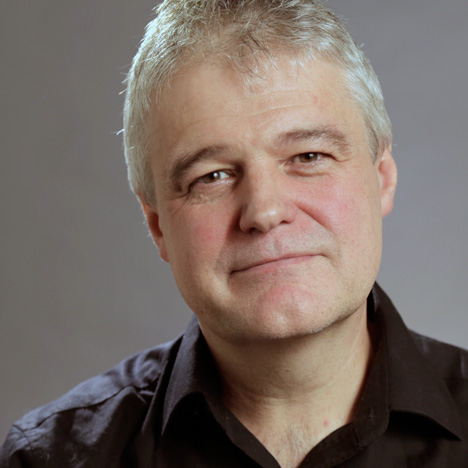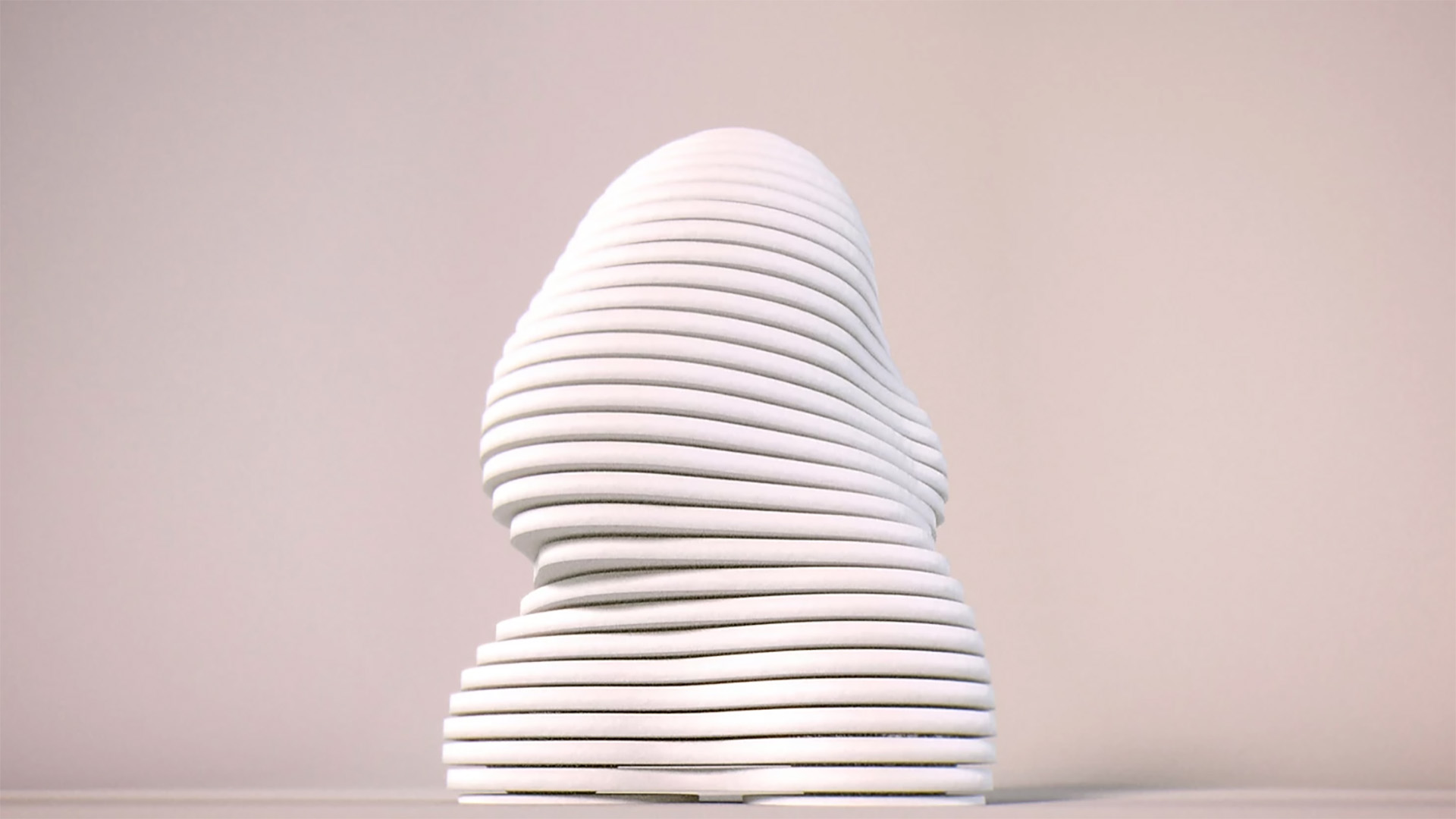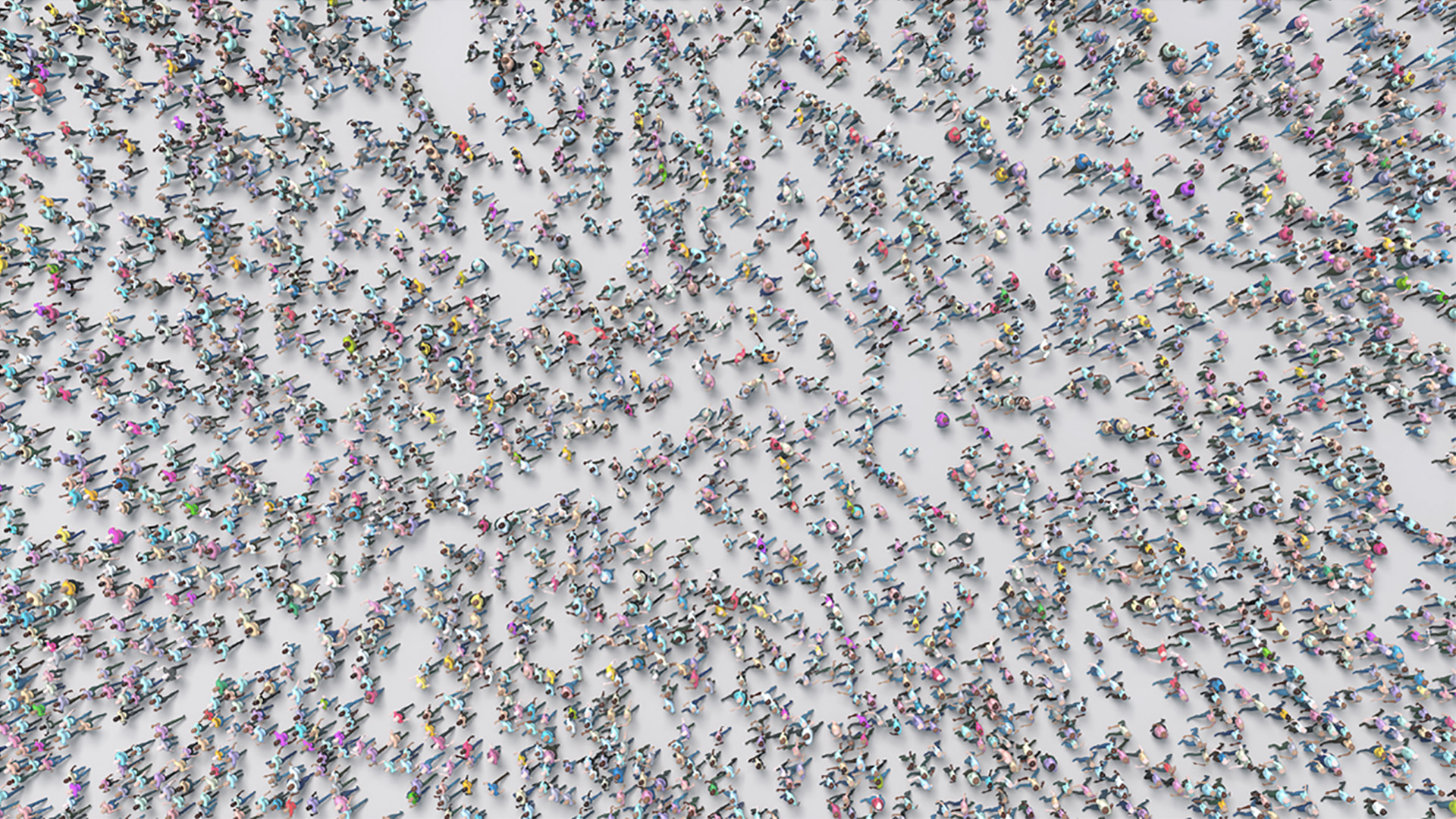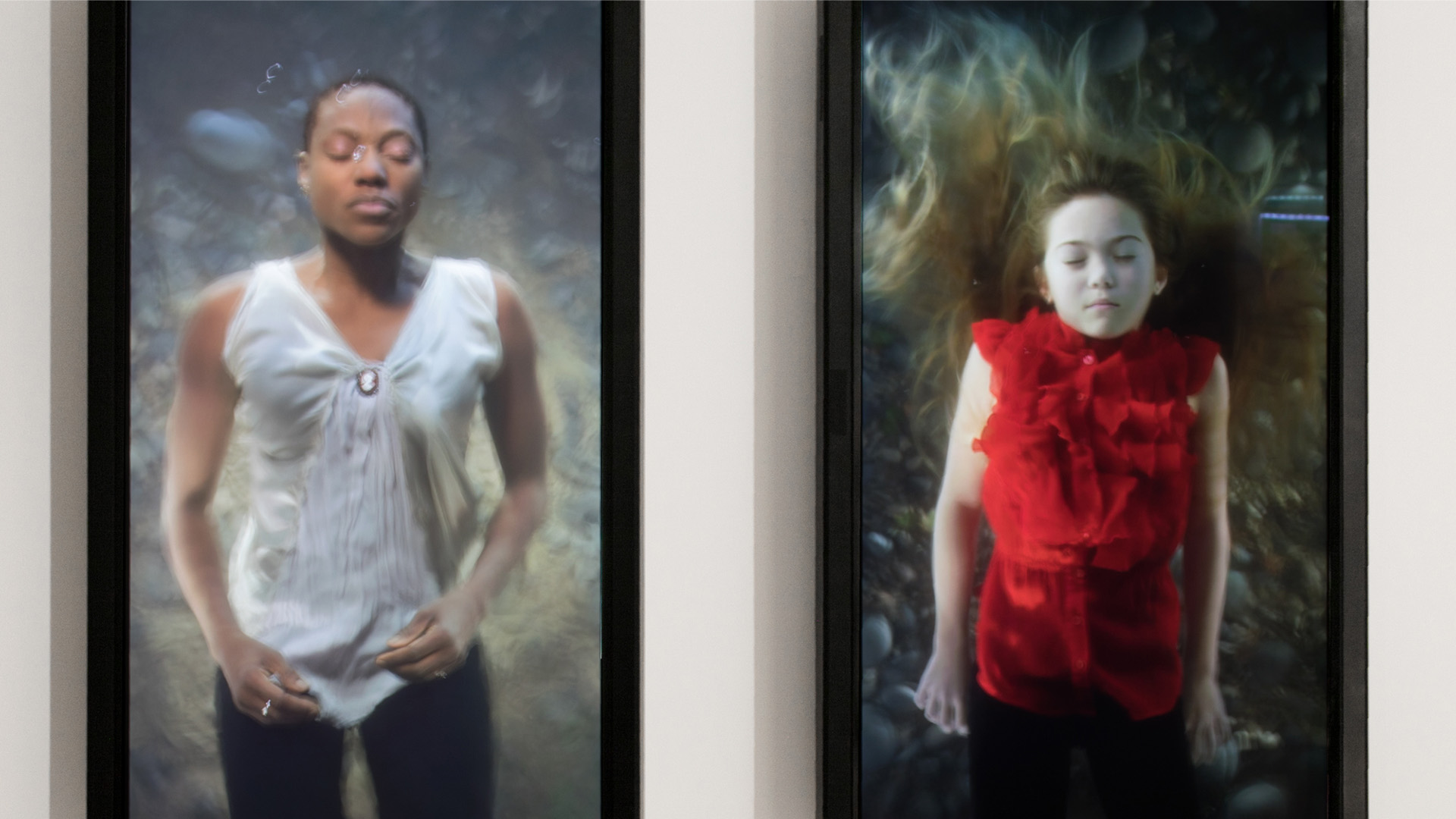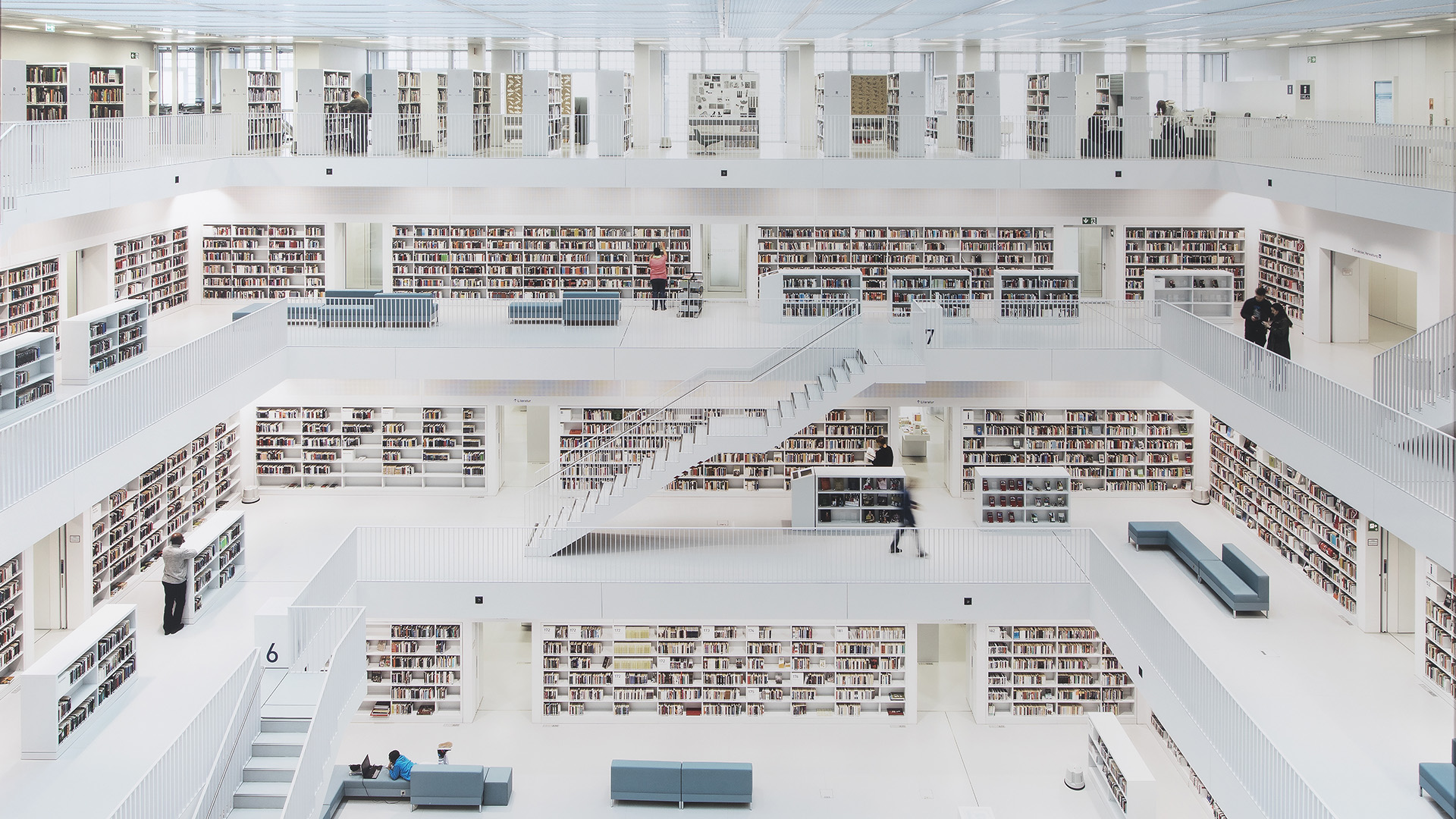Blog
Conversations: Conrad Bodman
10 January 2020 Fri
Inviting a curator to an institution’s collection could mean various things: A dialogue or a monologue—emptying all the existing narratives to define them with new meanings or reshuffling them around.
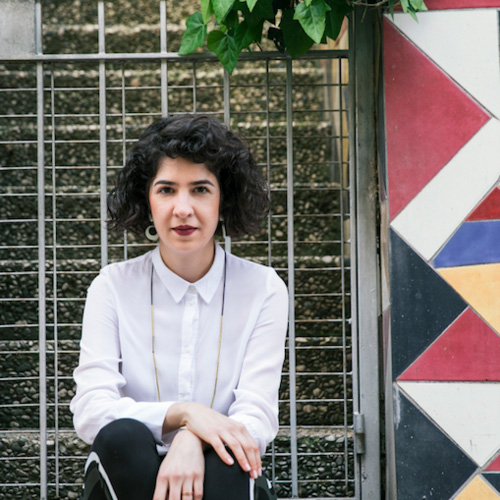
NAZ CUGUOĞLU
nazcuguoglu@gmail.com
These collaborations require horizontal allies and generosity from both sides—an attempt to find the undercommons in a world of broken relationships.
Borusan Contemporary has invited seven curators in the last six years to its ever-growing collection of new media art to unlock these probabilities. This series of conversations is a curious response to this cultivating network of associations and relationships, marked with site-specificity and temporality, in a city that is always in flux.
– Naz Cuguoğlu
Naz Cuguoğlu: How did you make the decision to curate Universal Everything’s solo show for Borusan Contemporary? Did you work with them before? How was it to work with a collective of artists, designers, animators, musicians, and developers? (It seems like you presented mostly new works, were they commissioned for this occasion?)
Conrad Bodman: I was invited to curate the exhibition by Borusan Contemporary and Matt Pyke, the artistic director of Universal Everything. I had been following the work of Universal Everything for many years but really got to know Matt when I commissioned Universal Everything to produce a new work for my exhibition Digital Revolution which was held at the Barbican Centre in 2014. Matt produced a very successful interactive work Together which allowed visitors to contribute a unique digital drawing to the exhibition for others to enjoy.
Universal Everything is a collective of artists led by Matt with all members contributing different skills including sound design and animation -all highly creative people. As part of the process of curating the exhibition I visited Universal Everything’s studio in Sheffield on several occasions and worked with Matt and the team to create an exhibition which would work successfully in the Borusan Contemporary’ space.
NC: There are two groups of works in the show in relation to how they approach the human form: One focuses more on the individual, whereas the other problematizes the human action as part of a larger collective. Can you explain what this distinction means to you and how you organized works under these themes?
CB: The themes in the exhibition related to different themes that Universal Everything have been exploring for many years and it seemed important to introduce the exhibition with works focusing on the individual and then move on to works that focus on a larger collective. The works shown on the second floor included Portrait II, Supreme Believers II, and Walking City thatfocused on the individual body and its capacity to reshape, transform, and to adapt. The next group of works Tribes and Emergence explored the nature of the individual when subsumed within a larger group. The two groups were shown separately in two different spaces.NC: Did Borusan Contemporary’s architecture play a role in your installation decisions? For example, Tribes (2018) was screened on the floor, within a white circular structure—resembling a hole opening to the collective underground, showcasing thousands of tiny people moving in sync. Can you tell us more about these decisions?
CB: The architecture of Borusan Contemporary was a determining feature in the display of Tribes (2018) which was designed to be shown as a circular floor projection and was specially commissioned for the gallery. The work was projected onto a circular structure which was produced in Istanbul to act as a holder for the work. Visitors could approach and examine the work in detail, looking down from above to explore the movement of thousands of small people and the way in which they interact as part of a larger crowd. The work is very compelling, exploring as it does the way in which people interact with each other, it also has a beautiful meditative quality.
NC: On the fourth floor of the exhibition, you brought together works that investigate how the future might look like. Works like Smart Matter (2018) and Machine Learning (2018) speculate about human-machine collaboration and possibilities of machine learning. What kind of a future do these works promise for the audience?
CB: Smart Matter and Machine Learning were presented for the first time at Borusan Contemporary. They are part of a body of work by Universal Everything which speculates on the impact of design and technology on society. These single channel works specifically explore the relationship between man and machine and the machine’s ability to learn through artificial intelligence. These works were produced using dancers and motion capture technology to map their specific movements. Universal Everything’s work Future You, commissioned by the Barbican Centre in 2019 takes this concept one step further by creating a fully interactive AI which moves and responds to visitor’s movement in the space.
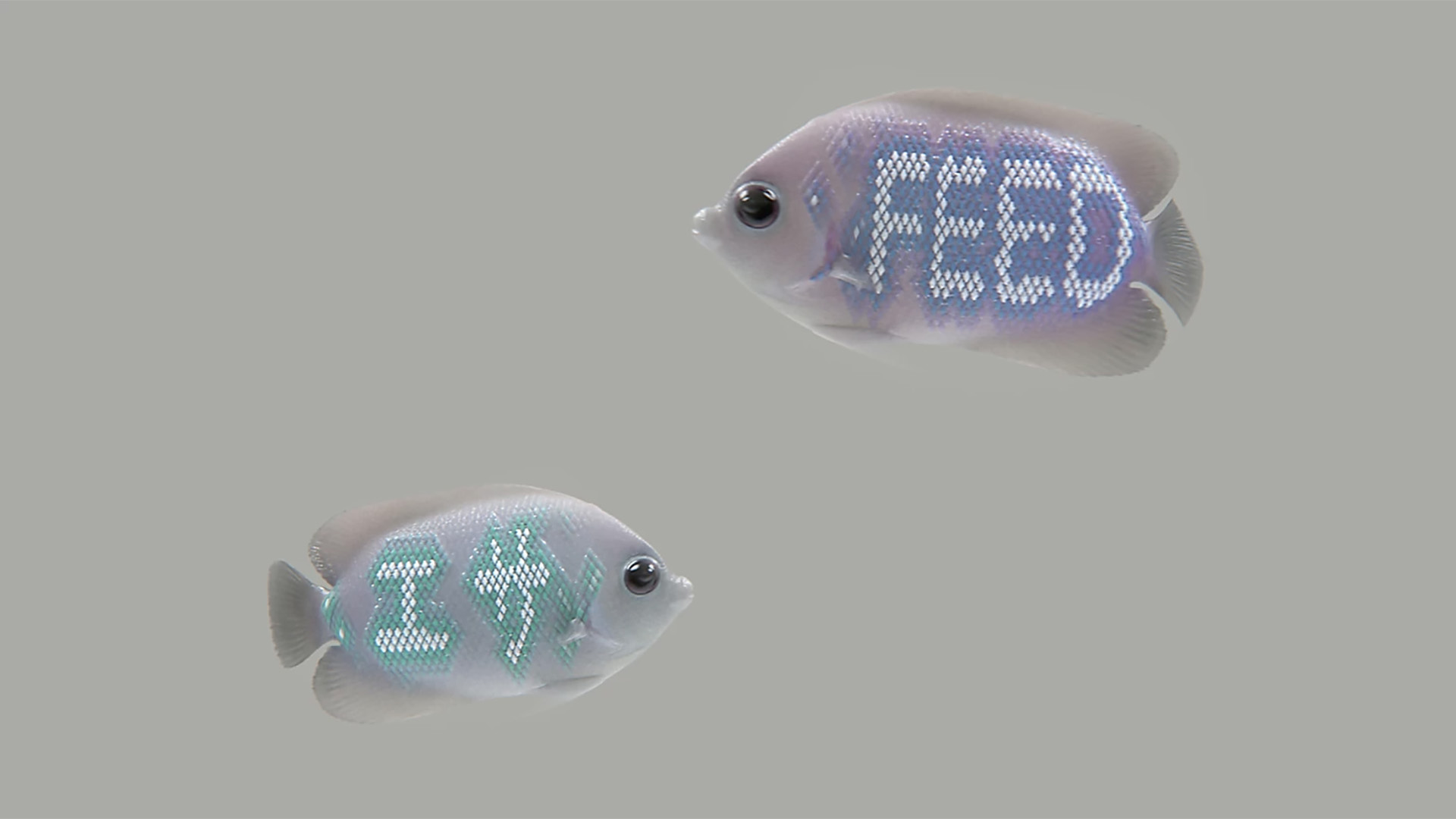
Universal Everything, Screens of the Future, 2016-2017.
Multi-channel video.
Creative Directors: Matt Pyke, Mike Hughes. Senior Producer: Greg Povey. Animation Directors: Chris Perry, Matt Frodsham, DXMIQ, Rita Louro, Nicola Gastaldi, Wang & Söderström, Ben White, Joe Street, Kouhei Nakama.
The Borusan Contemporary Art Collection.
NC: You are known for your work that blurs the lines between art and technology, curating exhibitions on themes such as digital creativity and video game designs. How did the curatorial practice change in terms of how it relates to technology in the last decade?
CB: There have been a whole range of changes in relation to curating technology-based works over the last 10 years. From a practical perspective works have become easier to produce and more affordable, and artists have had access to a range of tools that were previously inaccessible. Nevertheless technology-based works remain challenging to commission and develop for artists. A successful work is always driven by the idea rather than the technology itself but increasingly artists are beginning to critique the technology itself and its impact.
NC: How do you envision the future of curating? Will the robots replace humans? What do you expect in terms of productive potentials, challenges, and ethical dilemmas in such case?
CB: This is a hard question to answer. It will be centuries before robots can replace curators or artists, although there are some interesting experiments happening. Robots can barely walk and have no emotional intelligence – it will be a longtime before they can produce sophisticated artworks. . Artists are beginning to articulate both the positive and negative impacts of technology on our society, and I am excited that this critique is now taking place. I admire, for example, the work of the artist Bill Posters who is highlighting how algorithms are influencing us to make decisions to buy products and to vote in particular ways without us being aware of who they were produced for and why. Artists challenge us to think more deeply.
NC: What are you working / thinking on these days?
CB: I am currently heading the cultural programme at the British Library in London, developing challenging new exhibitions and events which explore literature and its impact on our society. We are developing an exhibition called Unfinished Business which tells the story of women’s rights. If you are in London in April 2020 come and visit – the exhibition explores what changes have happened but also highlights what is left to be done.
ABOUT THE WRITER
Naz Cuguoğlu is a curator and art writer, based in San Francisco and Istanbul. She is the co-founder of Collective Çukurcuma. She held various positions at KADIST, The Wattis Institute, de Young Museum, SFMOMA Public Knowledge, Joan Mitchell Foundation, Zilberman Gallery, Maumau Art Residency, and Mixer. Her writings have been featured in SFMOMA Open Space, Art Asia Pacific, Hyperallergic, Nka: Journal of Contemporary African Art, M-est.org, and elsewhere. She received her BA in Psychology and MA in Social Psychology, both from Koç University, and another MA from California College of the Arts’ Curatorial Practice program. She has curated exhibitions internationally, at institutions such as the Wattis Institute (San Francisco), 15th Istanbul Biennial Public Program, Framer Framed (Amsterdam), Kunstraum Leipzig, Red Bull Art Around Istanbul, 5533 among many others. She co-edited three books: After Alexandria, the Flood (2015); Between Places (2016); and The Word for World is Forest (2020).
